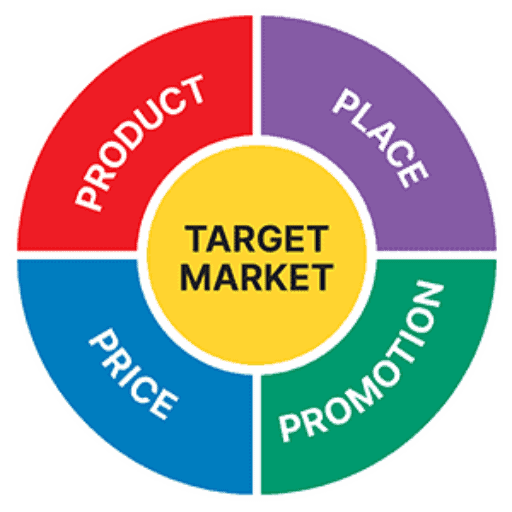Some #M4BW examples for you…
As regular readers know, through this blog and the forthcoming 17th edition of Essentials of Marketing (publishing in February 2020) we have taken on the…

As regular readers know, through this blog and the forthcoming 17th edition of Essentials of Marketing (publishing in February 2020) we have taken on the…

I have a soft spot in my heart for Fargreen. The startup that emerged from the Colorado State University Global Social and Sustainable Enterprise MBA…

The website brandchannel has launched a series of short case study articles. A team of Yale MBA students evaluate a purpose-driven startup and offer some…